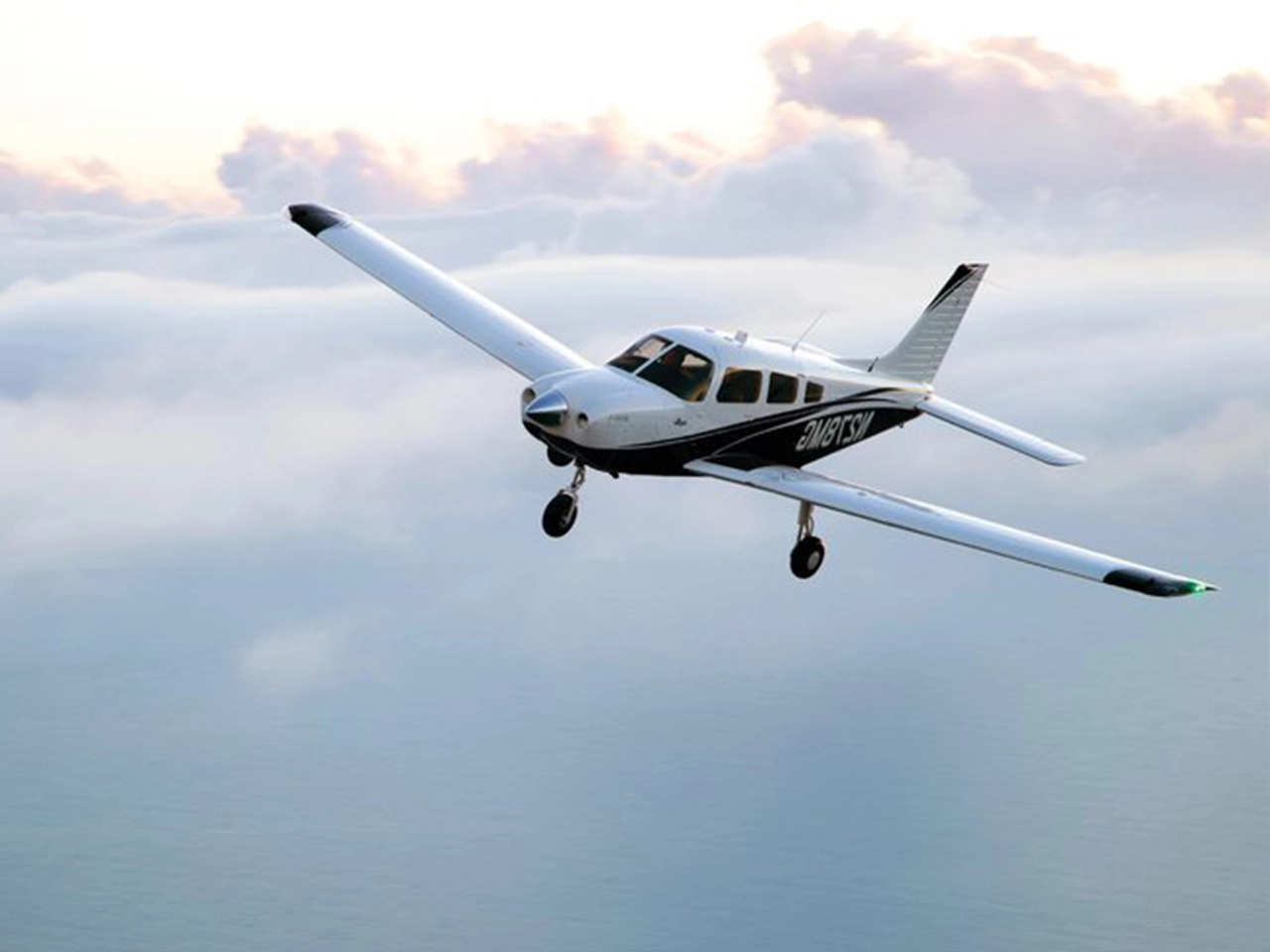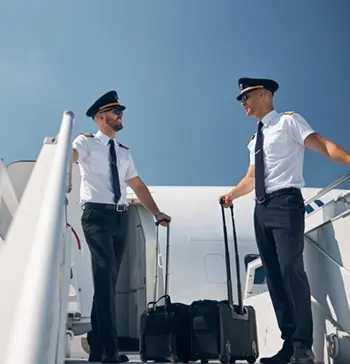
Pilot Training in Philippines For Australian Students
Why Aspiring Australian Pilots Choose to Fly Abroad for Training?
Aspiring Australian pilots often choose to pursue flying training abroad for various reasons. Firstly, overseas flight training offers a diverse range of aviation environments, weather conditions, and airspace regulations that provide valuable experience and exposure beyond what is available in Australia. Additionally, some aviation schools and training facilities abroad may offer specialized programs, state-of-the-art equipment, and experienced instructors that are not readily available in Australia, allowing students to enhance their skills and knowledge in a competitive global aviation industry. Moreover, flying abroad provides opportunities for cultural immersion, personal growth, and international networking, enriching the overall learning experience for aspiring pilots.
Why Australian Students Choose the Philippines for Pilot Training?
Australian students opt for pilot training in the Philippines for several compelling reasons. Firstly, the Philippines offers high-quality aviation education and training programs accredited by international aviation authorities such as the International Civil Aviation Organization (ICAO) and the Civil Aviation Authority of the Philippines (CAAP). These programs adhere to rigorous safety standards, regulations, and best practices, ensuring comprehensive training and preparation for aspiring pilots. Additionally, the Philippines provides a conducive learning environment with favorable weather conditions, modern training facilities, advanced flight simulators, and experienced instructors, offering Australian students a valuable and immersive training experience. Furthermore, the Philippines’ relatively lower cost of living and affordable tuition fees compared to many Western countries make it an attractive destination for Australian students seeking cost-effective pilot training without compromising on quality.
Is the Philippines Positioned to Become the Top Pilot Training Destination for Australian Students?
While the Philippines has emerged as a popular pilot training destination for Australian students, it may not necessarily surpass other established aviation hubs such as the United States or Europe in terms of overall market share or prestige. However, the Philippines offers unique advantages such as affordability, English-speaking environment, cultural diversity, and favorable aviation regulations that appeal to Australian students seeking quality pilot training overseas. With its growing reputation, expanding infrastructure, and continuous improvements in aviation education and training, the Philippines has the potential to further attract Australian students and establish itself as a prominent player in the global pilot training industry.
Can an Australian Become a Pilot in the Philippines (PH)?
Yes, Australian students can become pilots in the Philippines by enrolling in accredited flight training programs offered by recognized aviation schools or training institutions approved by the Civil Aviation Authority of the Philippines (CAAP). Australian students must meet the eligibility requirements set by the CAAP, including minimum age, educational qualifications, medical fitness, English proficiency, and visa requirements. By fulfilling these criteria and successfully completing the required training, examinations, and flight hours, Australian students can obtain pilot licenses recognized by the CAAP and pursue career opportunities in aviation both in the Philippines and internationally.
How Much Does It Cost to Study Pilot in the Philippines for Australian Students?
The cost of studying pilot training in the Philippines for Australian students can vary depending on several factors such as the type of pilot license, flight school or training institution, duration of the program, aircraft rental fees, living expenses, and additional costs such as visa fees and transportation. On average, the total cost of obtaining a Private Pilot License (PPL) in the Philippines can range from $8,000 to $15,000 USD, while the cost of obtaining a Commercial Pilot License (CPL) can range from $40,000 to $60,000 USD. These costs typically include tuition fees, flight training hours, ground instruction, study materials, examination fees, medical assessments, and other miscellaneous expenses. Additionally, Australian students should consider the cost of living in the Philippines, including accommodation, meals, transportation, and personal expenses, which can vary depending on the location and lifestyle choices. It is essential for Australian students to carefully research and budget for all associated costs and explore financing options such as scholarships, loans, sponsorships, or financial aid to support their pilot training journey in the Philippines.
Who Is Eligible for Pilot Training in the Philippines?
Australian students aspiring to pursue pilot training in the Philippines must meet certain eligibility requirements set by the Civil Aviation Authority of the Philippines (CAAP) and the flight school or training institution offering the program. These eligibility criteria typically include:
- Minimum Age: Students must meet the minimum age requirement set by the CAAP to enroll in pilot training programs, which is usually 17 years old for Private Pilot License (PPL) and 18 years old for Commercial Pilot License (CPL) programs.
- Educational Qualifications: Students must have completed a secondary education or its equivalent to be eligible for pilot training programs in the Philippines. Some flight schools may have specific academic requirements or prerequisites for enrollment.
- Medical Fitness: Students must undergo a medical examination conducted by a licensed Aviation Medical Examiner (AME) to ensure they meet the medical fitness standards specified by the CAAP for pilots.
- English Proficiency: Students must demonstrate proficiency in the English language, as aviation communication and documentation are conducted primarily in English. Some flight schools may require students to provide evidence of English language proficiency through standardized tests such as the International English Language Testing System (IELTS) or the Test of English as a Foreign Language (TOEFL).
- Visa Requirements: Australian students must obtain the appropriate visa or study permit to legally reside and study in the Philippines for the duration of their pilot training program. The type of visa required may vary depending on the duration and nature of the program, and students should consult with the Philippine Embassy or Consulate in Australia for guidance on visa application procedures and requirements.
By meeting these eligibility requirements, Australian students can enroll in pilot training programs in the Philippines and embark on their journey towards obtaining pilot licenses recognized by the Civil Aviation Authority of the Philippines (CAAP).
Want to find out more about our pilot courses?
Is the Philippines a Good Country for Pilot Training for Australian Students?
Yes, the Philippines is considered a good country for pilot training for Australian students due to several factors that make it an attractive destination for aviation education and training. Firstly, the Philippines offers high-quality flight training programs accredited by international aviation authorities such as the International Civil Aviation Organization (ICAO) and the Civil Aviation Authority of the Philippines (CAAP), ensuring that students receive comprehensive and standardized training that meets global aviation standards. Additionally, the Philippines has a conducive learning environment with favorable weather conditions, modern training facilities, advanced flight simulators, and experienced instructors, providing students with a safe and immersive training experience. Furthermore, the cost of pilot training in the Philippines is relatively more affordable compared to many Western countries, making it an economical option for Australian students seeking quality flight education without compromising on the training standards. Moreover, the Philippines’ English-speaking environment, cultural diversity, and hospitality make it a welcoming and accessible destination for international students, facilitating ease of communication, cultural integration, and personal development. Overall, Australian students can benefit from the advantages offered by the Philippines as a top destination for pilot training, enabling them to acquire the necessary skills, knowledge, and experience to pursue rewarding careers in aviation.
Which Country is Cheapest for Pilot Training for Australian Students?
The Philippines is often considered one of the cheapest countries for pilot training for Australian students due to its affordable tuition fees, lower cost of living, and favorable exchange rates compared to many Western countries. While the total cost of pilot training can vary depending on factors such as the type of license, flight school, training duration, and additional expenses, Australian students can generally expect to save significantly on their pilot training expenses by choosing to study in the Philippines. The lower cost of pilot training in the Philippines does not compromise the quality of education or training standards, as flight schools in the country adhere to stringent aviation regulations and offer accredited programs recognized by international aviation authorities. Additionally, the Philippines’ favorable weather conditions, modern training facilities, experienced instructors, and English-speaking environment contribute to providing Australian students with a cost-effective and high-quality pilot training experience that prepares them for successful careers in aviation.
OVERSEAS PILOT LICENCE CONVERSION – Specific Requirements to Convert Philippines License into Australian License
The process of converting a pilot license obtained in the Philippines into an Australian license may vary depending on the regulations and requirements set by the Civil Aviation Safety Authority (CASA) of Australia. Australian students seeking to convert their Philippines license into an Australian license should familiarize themselves with the specific requirements and procedures established by CASA. These requirements may include:
- Application Process: Australian students must submit an application for license conversion to CASA, including all necessary documentation, forms, and fees as prescribed by the authority.
- Verification of Qualifications: CASA may verify the qualifications, training records, flight experience, and medical fitness of the applicant obtained during pilot training in the Philippines to ensure compliance with Australian aviation regulations and standards.
- Written Examinations: Australian students may be required to pass written examinations or assessments conducted by CASA on Australian aviation regulations, procedures, and airspace requirements as part of the license conversion process.
- Flight Test: CASA may conduct a flight test or check ride to evaluate the flying skills, proficiency, and competency of the applicant in operating aircraft according to Australian aviation standards and procedures.
- English Proficiency: Australian students must demonstrate proficiency in the English language as required by CASA for aviation communication and documentation.
- Compliance with Licensing Requirements: Australian students must comply with all licensing requirements, conditions, and limitations specified by CASA for the issuance of an Australian pilot license.
By fulfilling these specific requirements and procedures outlined by CASA, Australian students can successfully convert their Philippines license into an Australian license, allowing them to legally operate aircraft and pursue aviation opportunities in Australia.
Free Career Guide

Want to find out more about our pilot courses?
Download our free eBook to learn all about pilot training in the Philippines, including the qualifications needed, the training process, available courses, and career opportunities. Find out how you can take the first step toward a rewarding career in aviation.
Download Pilot Course Information Guide
Flight Training For International Students
Offering expert flight training for students across Oceania to soar towards a professional aviation career.






